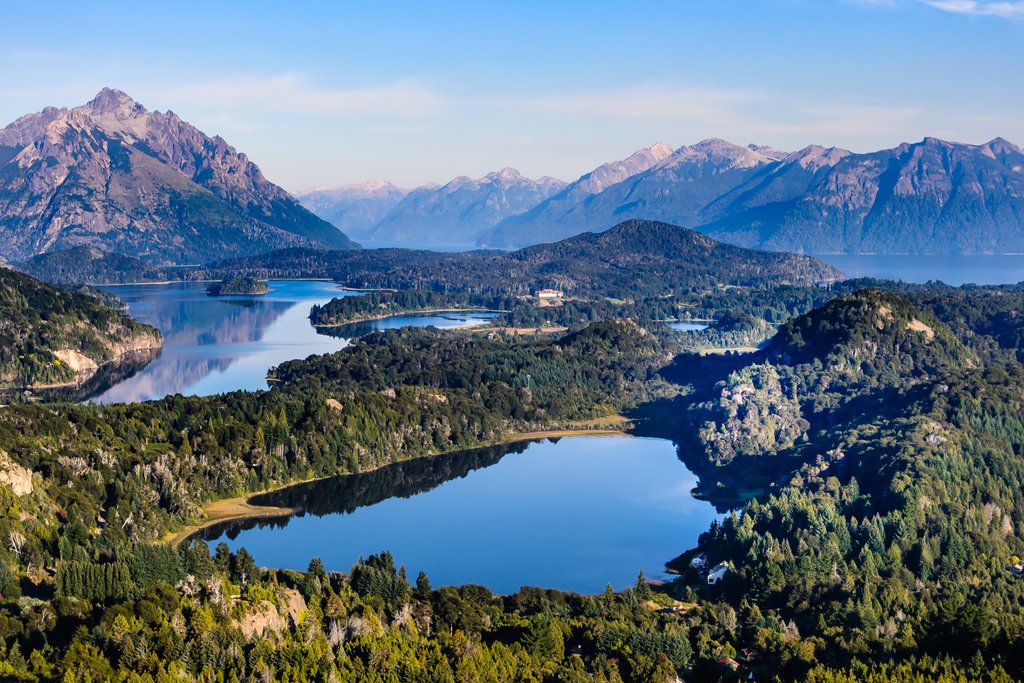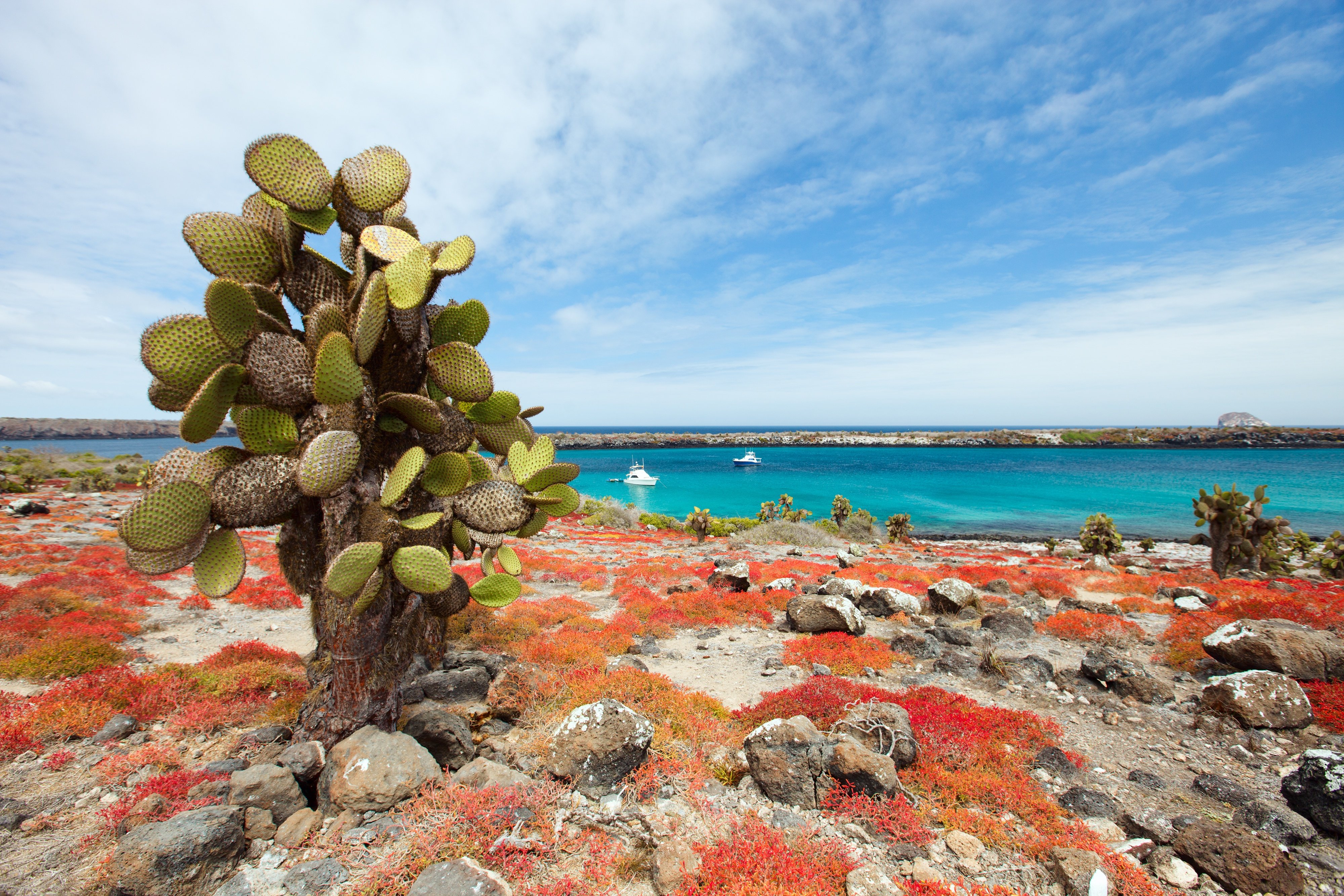Photo Credit: Antarctica XXI
Given the extreme conditions of Antarctica, one might not immediately think of the White Continent as rich in wildlife. After all, who would want to live in a region that has recorded temperatures as low as -129 degrees Fahrenheit? Surprisingly, a wide range of bold and resilient animals have adapted beautifully to the rugged landscape and can be seen throughout the year by the intrepid traveler.
Look for these extraordinary animals on your Antarctic expedition and, we promise, next winter won’t seem quite so bad …
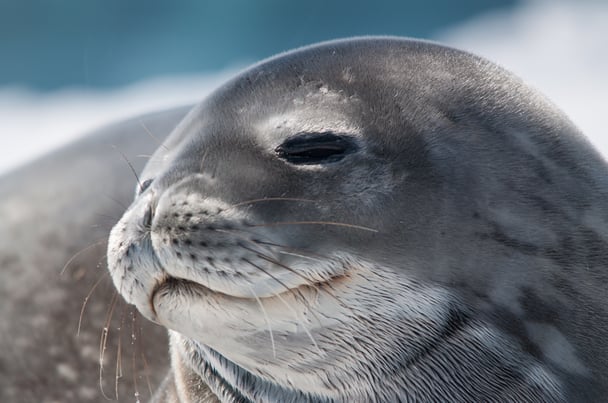
- Seals
Seals, seals and more seals are among the predatory animals that call Antarctica home. There are four types to look for: leopard, crabeater, Weddell and southern elephant. Leopard seals are recognizable by their spots (as you might expect) and may put on quite a show for you if you’re patient. They’re among the region’s most impressive and fierce hunters. Elephant seals are the largest in Antarctica – you’ll have the best chance of seeing them on sub-Antarctic island tours. These massive seals can dive for as long as 20 minutes at a time, going as far down as 500 meters.
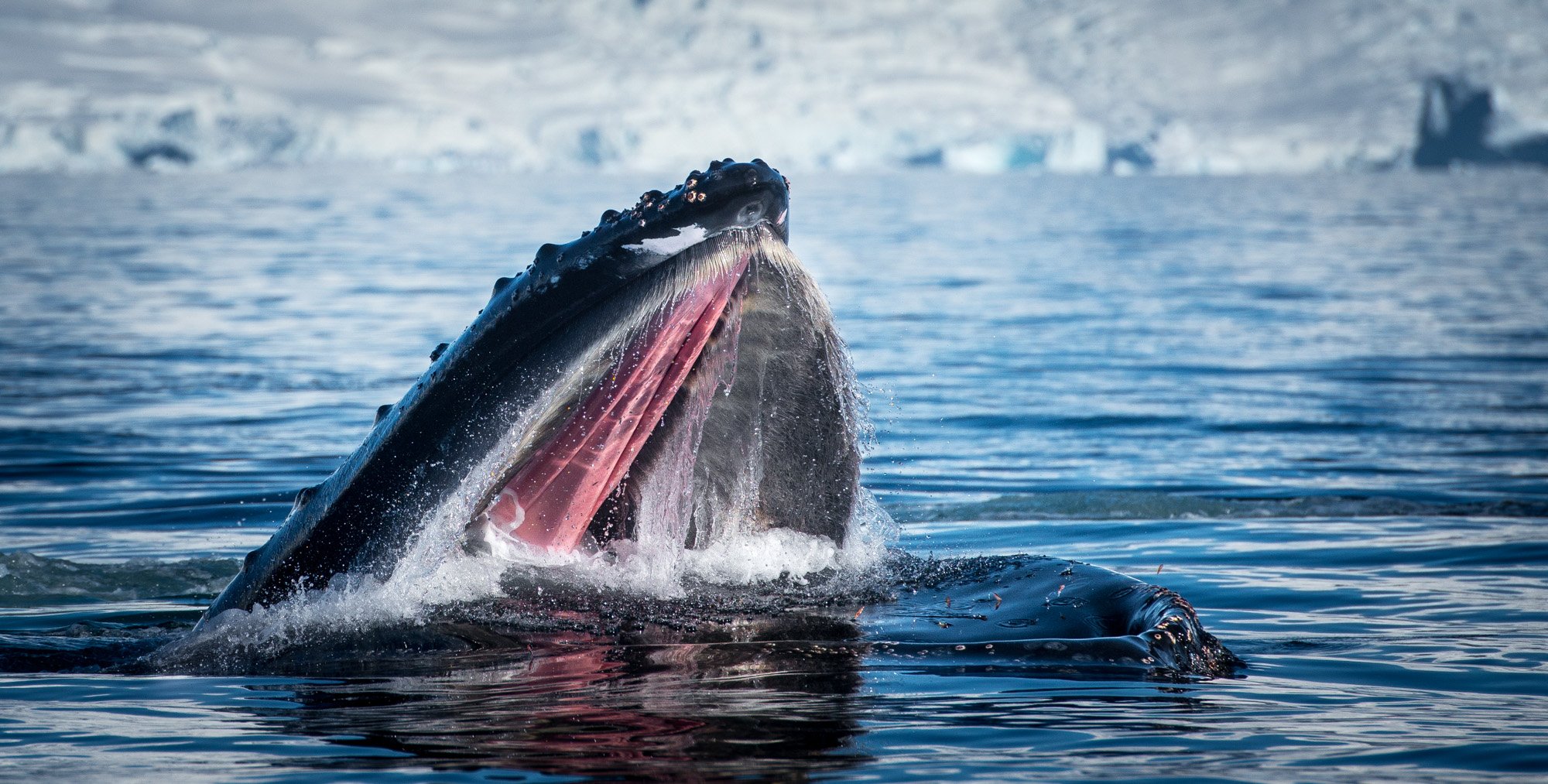
- Whales
During the austral summer, Antarctic expedition travelers will have the fantastic opportunity to view many different types of whales as the mammals travel the icy waters to feed on fish, penguins and plankton. Orcas are among the most ambitious hunters – you may even see a pod hunting in a group and taking on a seal or another whale. The majority of the world’s orcas live in this region, particularly around the Antarctic Peninsula and in the Ross Sea.
Keep your eyes trained on the water to glimpse a blue whale – the world’s largest and loudest animal, ever. With a heart the size of a small car, a whale call louder than a jet, and a tongue that weighs as much as an elephant, they’re certifiably gigantic. Antarctic cruises in the summer have a good chance of seeing these stunning mammals before they migrate toward the equator and their warmer-water feeding grounds.
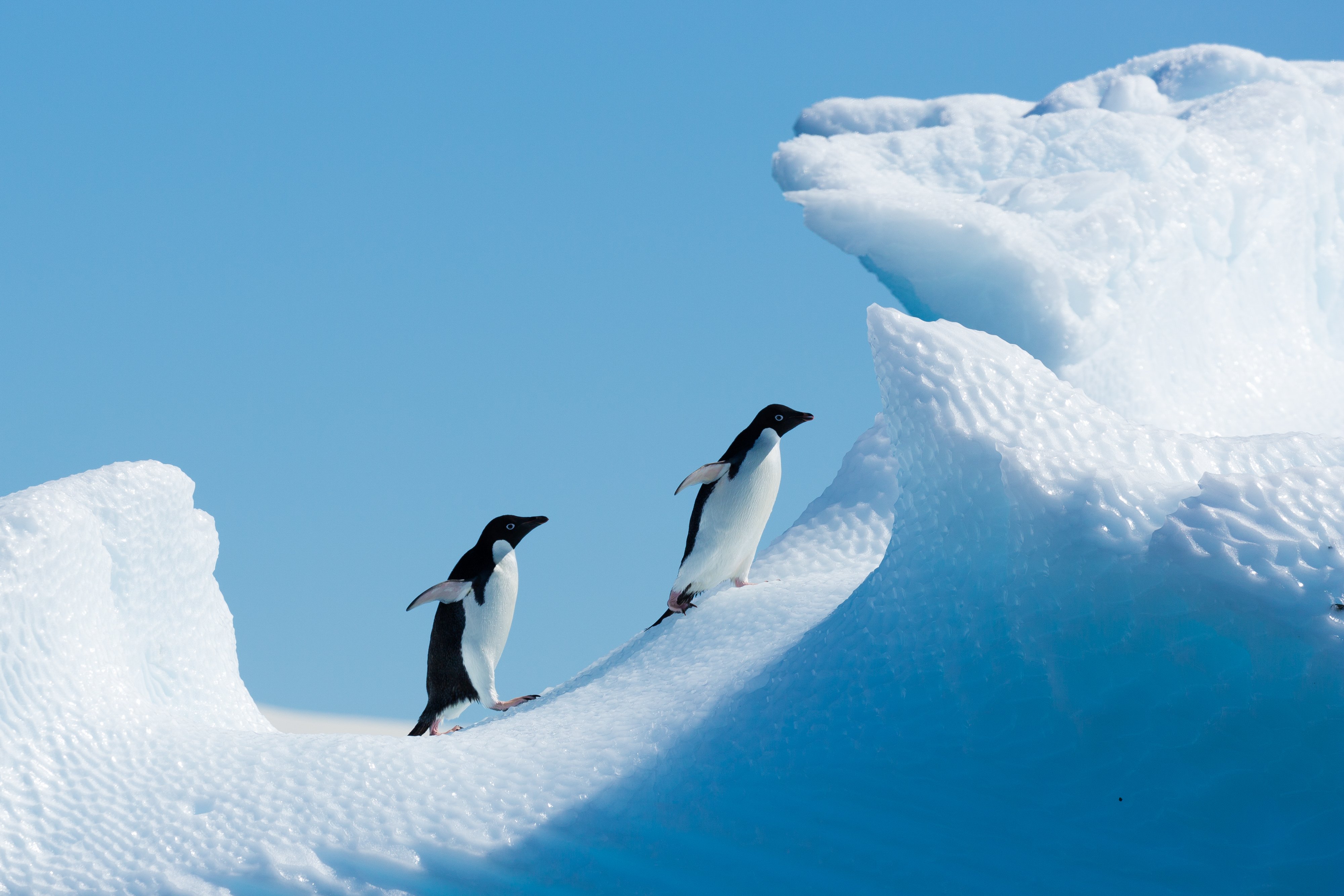
- Penguins
Just about every traveler who has had the good fortune of visiting Antarctica comes home with photos and memories of the spectacular penguins. Awkward, cute and fascinating, they’re found mostly in the water – although you may see some on land during mating season and raising their chicks. They’re not harmful, but do exercise caution when you get up close to Antarctic penguins (or any wildlife, for that matter), since they’re not used to people and may react unpredictably.
Look for Adelie penguins in the most southern region of Antarctica. They’re the smaller of the penguins found here. If you’re cruising to Antarctica between November and February, you’ll likely see, hear and smell a nearby rookery – each one can contain up to a million penguins. The Ross Sea and East Antarctica are among the best places to spot Adelie penguins, which have long fascinated scientists and wildlife biologists with their quirky traits and behavior.
Emperor penguins, with distinctive golden feathers around their heads, are the ones you probably think of first when you think of an Antarctic penguin. Interestingly, most of them never step on land; instead they practically always live and breed on floating sea ice. They can be found all around the coast of Antarctica. Cruises in the Weddell Sea are among the best for spotting Emperor penguins.
King penguins are identifiable by the golden feathers around their heads and necks and can be found in large colonies on South Georgia, Macquarie Island, Prince Edward Island and Heard Island.
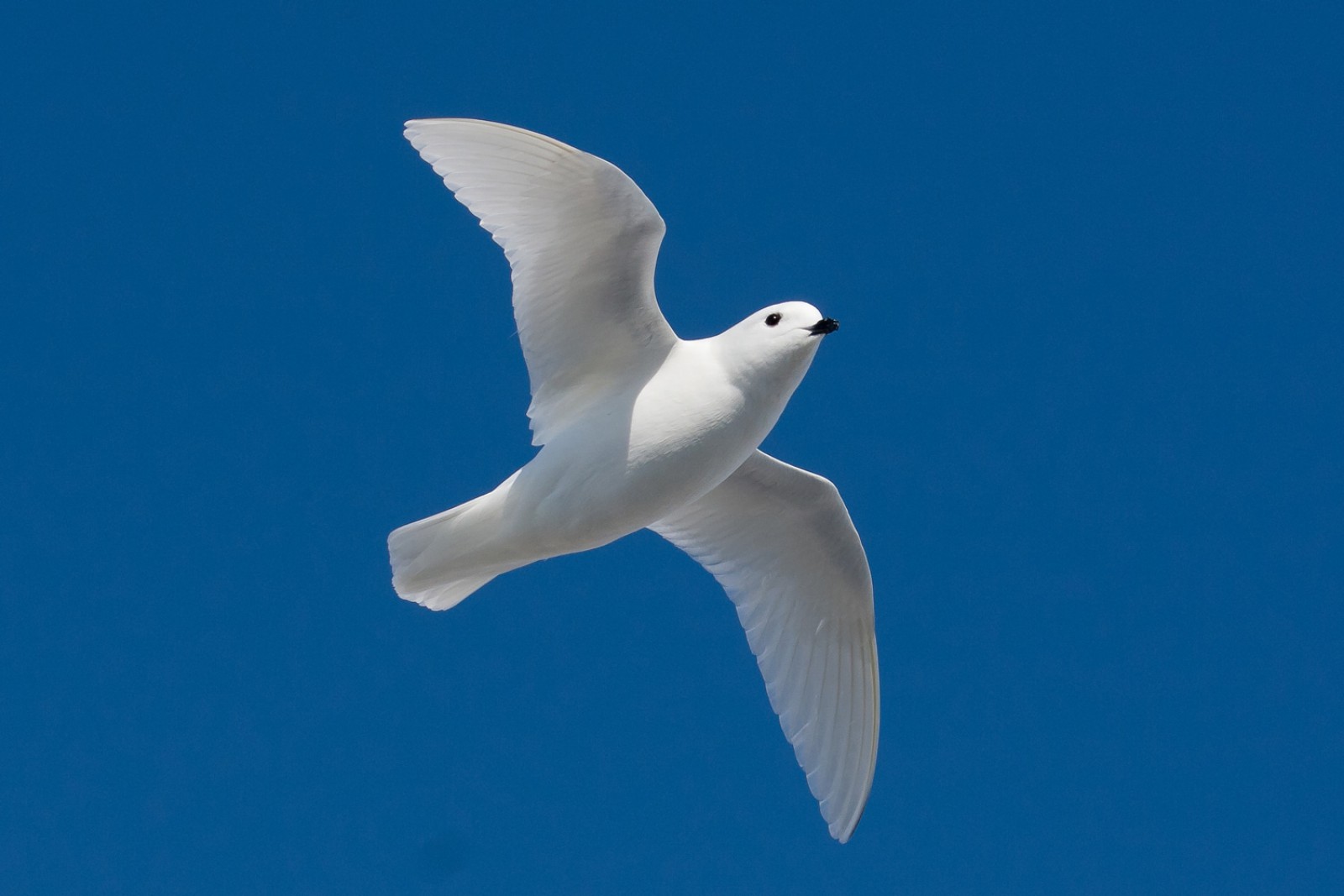
- Snow Petrels
Tiny, yet stunningly beautiful, the brilliantly white snow petrel is as small as a penguin, yet gritty enough to withstand the wind-chill and extreme conditions of Antarctica. Some live for up to 20 years! Look for snow petrels near open water.
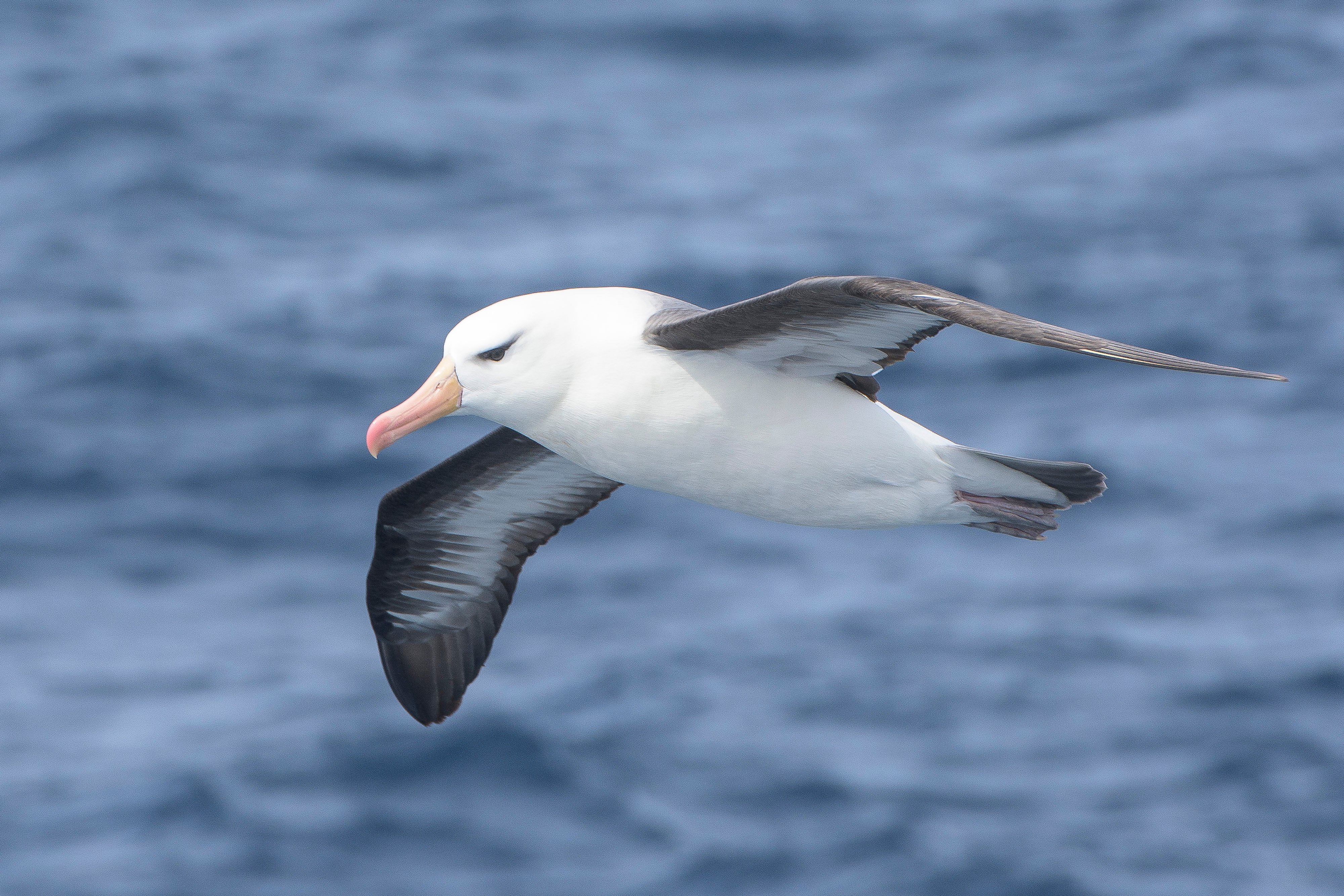
- Albatross
A once-in-a-lifetime sight, the black-browed albatross – which can live up to 50 years! – is not often seen on land, but instead in the skies above the Antarctic continent. Their wingspan is up to 11 feet long, a characteristic that allows them to glide on the wind for hours at a time. They only land to mate and raise their little ones, then back to the skies they go.
Top Places to Spot Wildlife in Antarctica and Sub-Antarctica
Wildlife enthusiasts visiting Antarctica may want to focus on expeditions that include some of the following destinations:
- Antarctic Peninsula, including Lemaire Channel, Hope Bay, Paradise Bay, Wiencke Island
- Falkland Islands
- Weddell Sea
- South Georgia Islands
- South Shetland Islands
- Neko Harbor
- Macquarie Island
- Peter I Island
Despite being the world’s least biodiverse continent, wildlife lovers are still in for a treat in Antarctica. Look closely and you’ll find a rich and layered animal kingdom here in one of the most rugged environments on Earth.
To plan an unforgettable trip to Antarctica, contact one of our experts below for our free consultation.

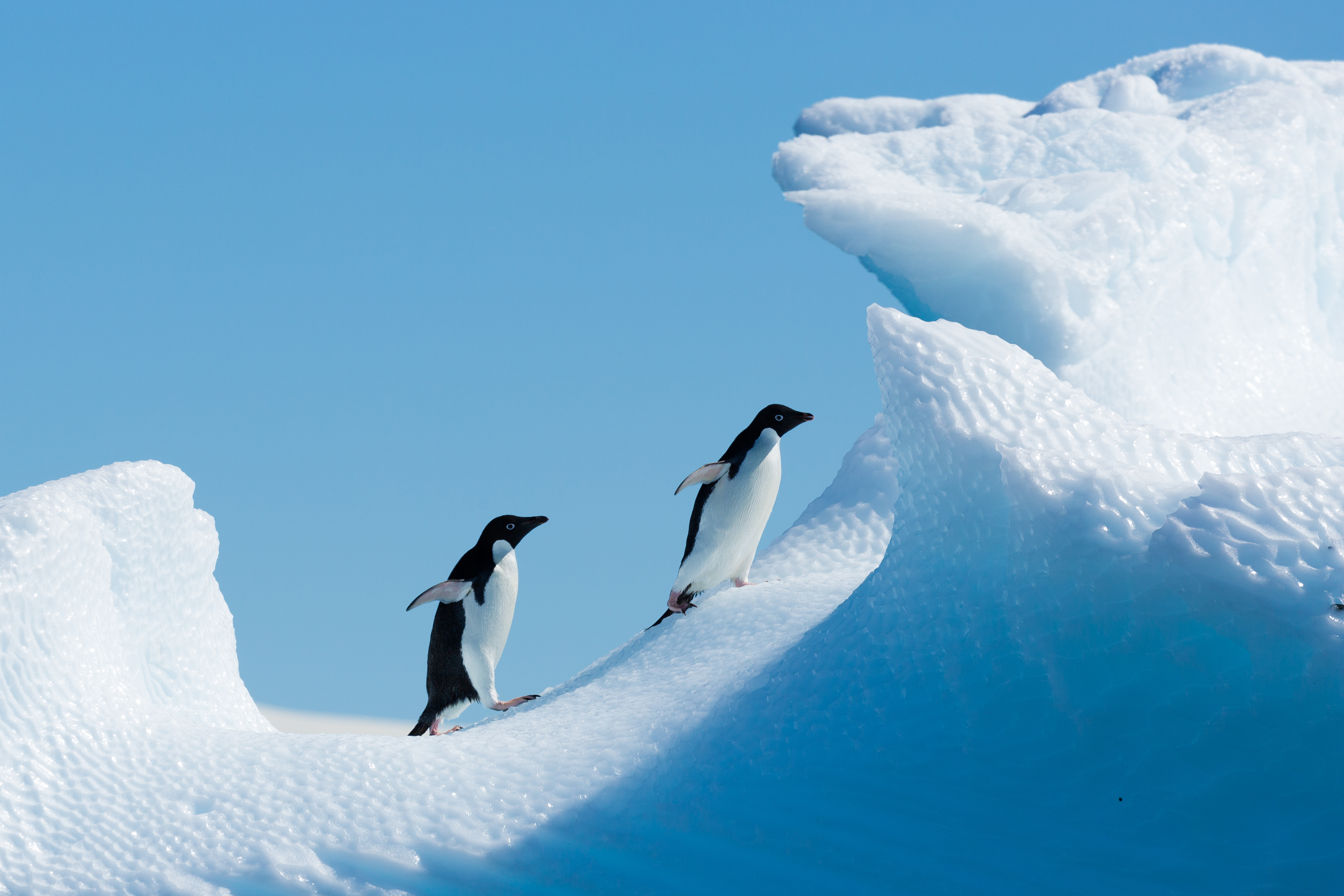

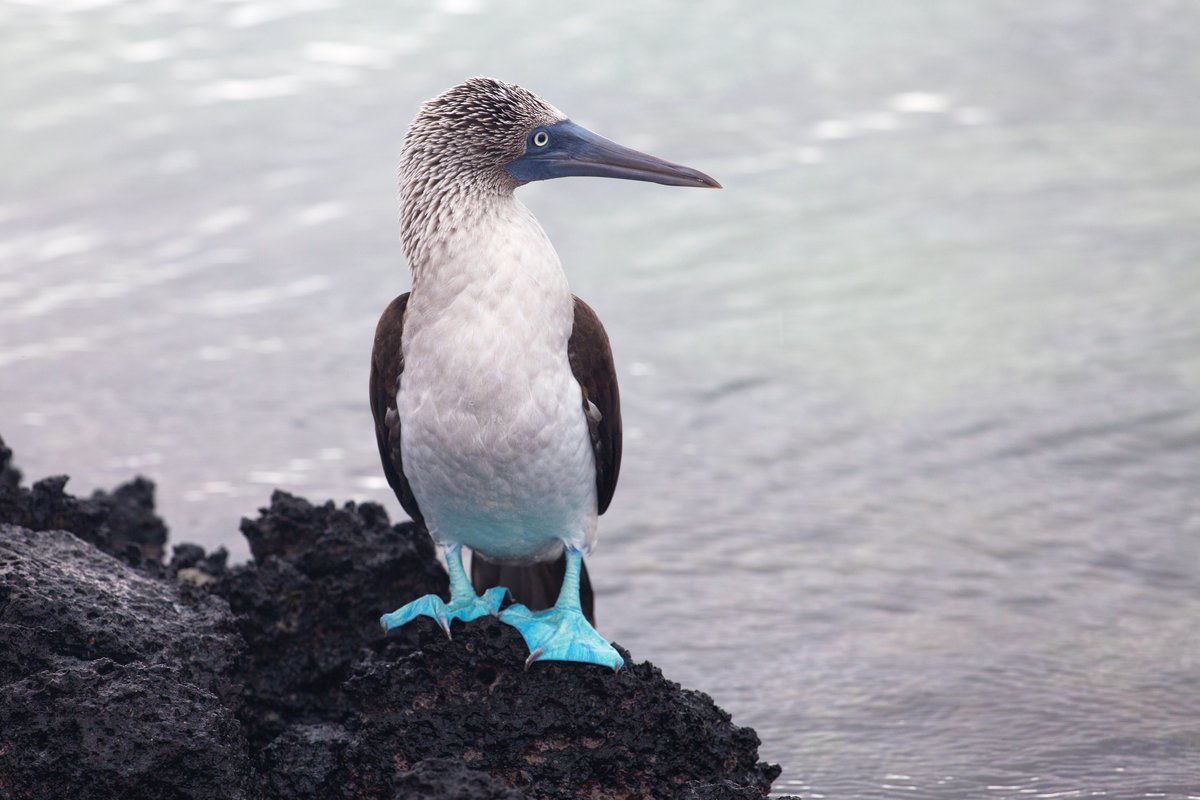
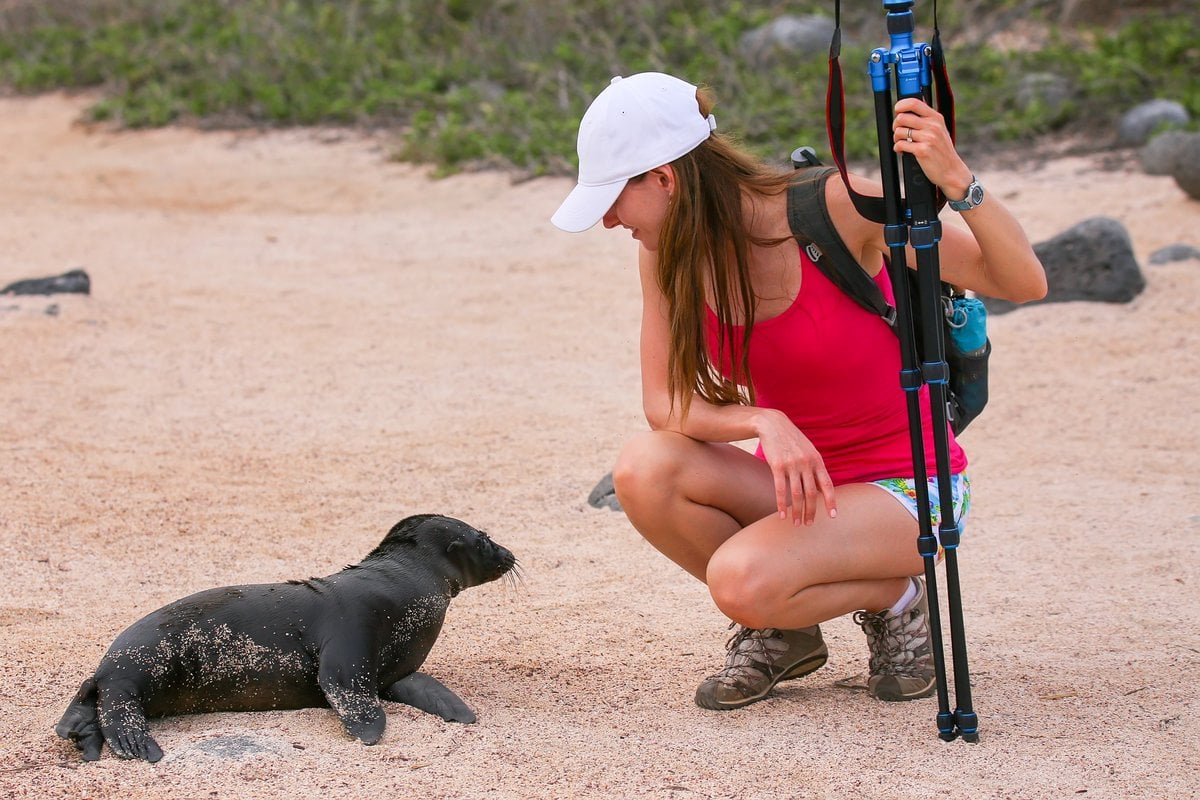
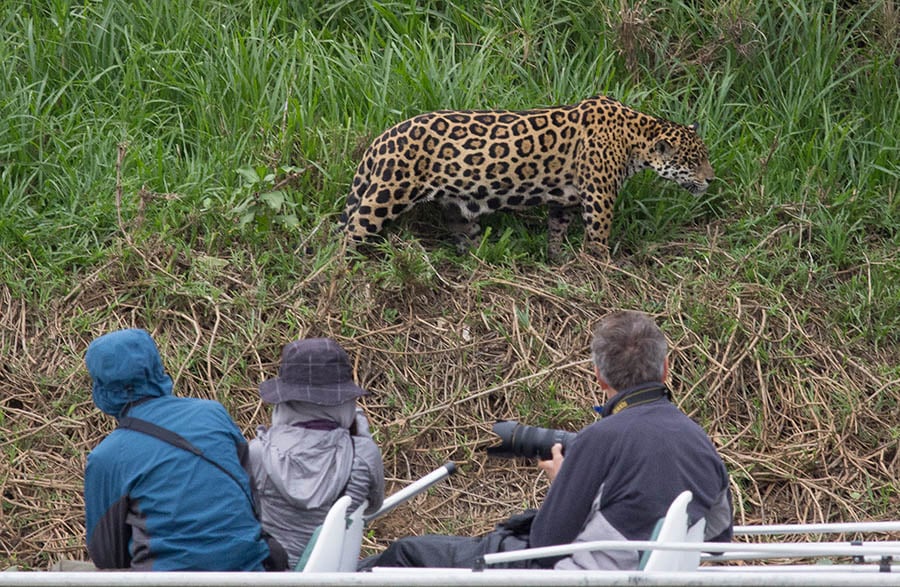
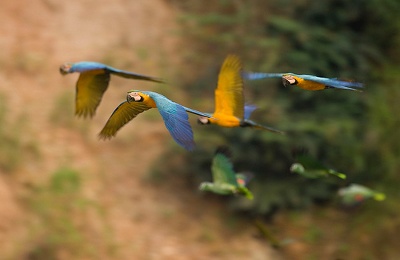

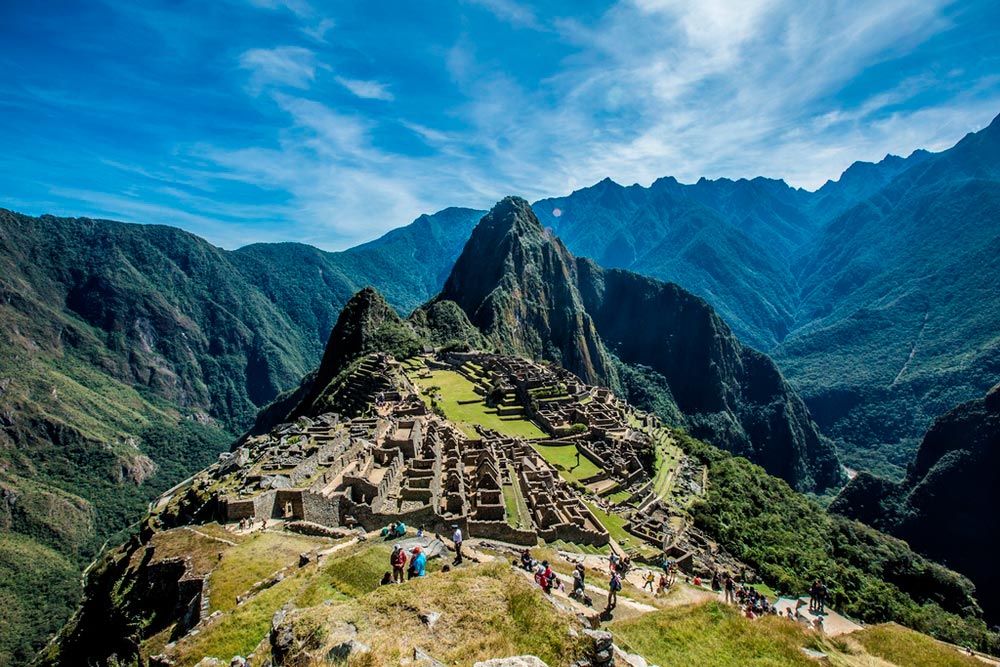

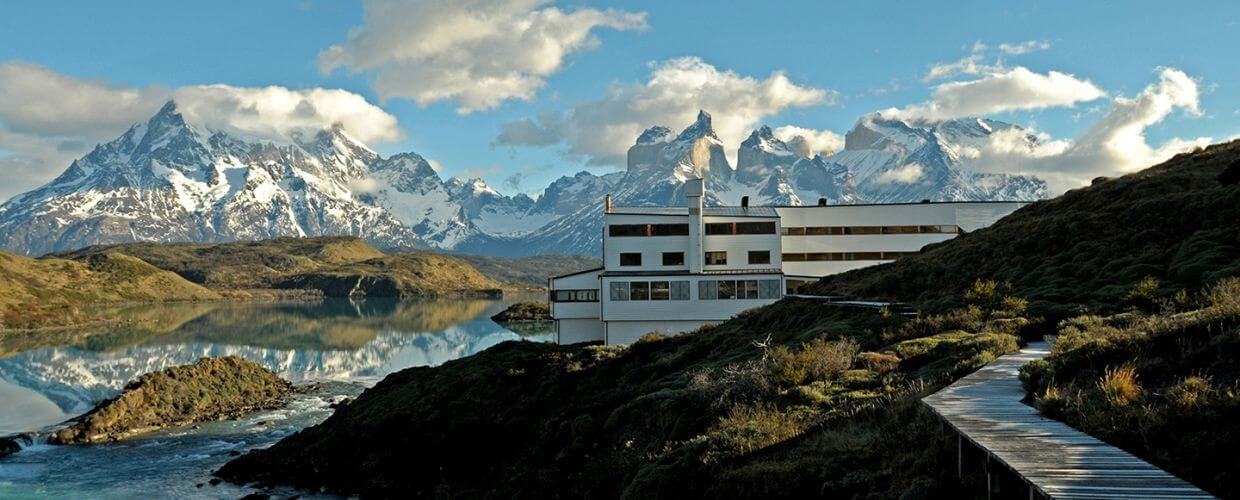
.jpg)
